Is this the closest thing to a Surface Phone running Android ever?
I've never been a massive fan of the Samsung Galaxy series of smartphones. The last time I used a Galaxy flagship, it was with the Galaxy S8, and I sold it after only a few weeks because I couldn't get behind Samsung's version of Android. It felt bloated and didn't look very nice. The hardware was excellent, as Samsung hardware always is, but that's only part of the story when it comes to choosing a smartphone, and Samsung's software side of things just didn't work for me.
But it's been two years, and Samsung has overhauled its version of Android with the new OneUI that attempts to debloat things and make things prettier. Microsoft has also since joined in on the Samsung fun by announcing a partnership that sees it integrate its own services into OneUI and the Galaxy Note 10 for a better experience across the Microsoft ecosystem.
This partnership is why we're reviewing the Galaxy Note 10 on Windows Central; it's the phone Microsoft thinks you should buy if you're part of the Microsoft ecosystem. If you use Windows, Office, Outlook, Skype, and more on your PC, the Galaxy Note 10 makes it easy to bring those experiences with you on the go.
Big stylus power
Samsung Galaxy Note 10+
Bottom line: This is the closest to a Microsoft-made Android phone you're going to get for now. The device packs the latest and greatest specifications inside a premium build and rocks the latest integrations from Microsoft that improve the Your Phone experience on Windows 10, along with many of Microsoft's apps on Android.
Pros
- Incredible display
- Premium hardware
- Excellent performance
- Better Your Phone integration
Cons
- Expensive
- OS can feel bloated
- Compromises between the small and large model
This is a review of the Galaxy Note 10 from the perspective of a Microsoft user. If you're interested in the device as a whole and want to know more about Samsung-specific changes and features over previous Samsung phones, make sure you check out Android Central's in-depth review.
Check out Android Central's review of the Galaxy Note 10+
Galaxy Note 10+ hardware
This is some of the best smartphone hardware on the market.
It's a beautifully crafted combination of metal and glass with curved edges, tight corners, and a mesmerizing edge-to-edge display. The Note10+ is big, but it's not unusually large, like Note devices have been in years past. If you're used to bigger phones, the Note 10+ is going to feel right at home. If not, there's a smaller 6.3-inch model that's much more like the size of an iPhone XR.
The display is absolutely gorgeous. It's a high-resolution WQHD+ OLED. Many have said it's the best display on any smartphone right now, and I'm inclined to agree. By default, it comes out of the box running at full HD resolution, but if you want to take advantage of the full quality the display has to offer, you can up the resolution to WQHD+, which is what I did. This can reduce battery life, but I've not noticed any considerable hit to endurance.
Note 10+ battery life
Speaking of battery life, it's very good. I'm using the Exynos model, not the Snapdragon one, but I can't fault this battery life. I'm getting through a day and a half no problem before dropping below 15 percent. Even then, with the Note 10+'s 45w charging, I'm back up to 100 percent in no time.
It also has wireless charging and supports "fast wireless charging." I use both an Anker and Pixel wireless charger, and although both support fast charging, it's only the Anker charger that actually delivers the fast charging capabilities to the Galaxy Note 10+.
There's an under-display fingerprint reader, which is good, but not the best. My OnePlus 7 Pro has a better in-display fingerprint reader than the Note 10+. It feels a little slower, and sometimes a little less accurate. It's definitely slower than any dedicated capacitive fingerprint reader found on most smartphones these days, so you'll notice it coming from a phone that didn't already have an in-display fingerprint reader.
Camera performance with the Note 10+ is very good. I find the photos to be crisp and colorful, but I'll refer you to Android Central's review for a more in-depth look at the cameras, as I really haven't spent too much time with them.
Great haptics on Note 10+
Let's talk about the headphone jack. I personally am not bothered by its removal, but there are people out there who are. Samsung compensates for this by providing a pair of very good in-ear USB-C headphones in the box. You can also buy a dongle separately if you already have a pair of 3.5mm jack headphones you aren't willing to part with.
I'm happy that Samsung removed the jack on the Note 10+, because its removal has made room for a bigger battery and, more importantly, a better haptic motor. Haptics inside a phone are one of the most important UX parts, and having a bad haptic motor can be the difference between a premium feeling and cheap feeling experience. Removing the jack seems to make room for a much larger, much better haptic motor. Now, admittedly, even with the removal of the jack, the Note 10+'s haptic motor isn't as good as an iPhone, or Pixel for that matter, but it's definitely better than previous Note devices.
There's also the staple Galaxy Note pen, which is super cool. It acts as both a pointer and inking device, just like a Surface Pen does with Windows 10.
Powerful specs
On the inside, you get top tier specifications. It has a Snapdragon 850 (or Exynos 9825,) 12GB RAM, and 256GB storage that's expandable via microSD. You also get stereo speakers facing the top and bottom of the device, and super clicky volume and power buttons on the left side — no Bixby button here, which is great.
| Note 10+ | Note 10 | |
|---|---|---|
| Operating System | Android 9 Pie One UI 1.5 |
Android 9 Pie One UI 1.5 |
| Display | 6.8-inch Dynamic AMOLED 3040x1440, HDR10+ |
6.3-inch Dynamic AMOLED 2280x1080, HDR10+ |
| Processor | Snapdragon 855 or Exynos 9825 | Snapdragon 855 or Exynos 9825 |
| Memory | 12GB | 8GB |
| Storage | 256/512GB | 256GB |
| Rear camera one | 12MP, f/1.5-2.4, OIS, 77° FoV | 12MP, f/1.5-2.4, OIS, 77° FoV |
| Rear camera two | 16MP, f/2.2, 123° FoV | 16MP, f/2.2, 123° FoV |
| Rear damera three | 12MP, f/2.1, OIS, 45° FoV | 12MP, f/2.1, OIS, 45° FoV |
| Rear camera four | VGA DepthVision f/1.4, 72° FoV |
n/a |
| Front camera one | 10MP, f/2.2, 80° FoV auto focus |
10MP, f/2.2, 80° FoV auto focus |
| Battery | 4300mAh 45W wired 15W wireless |
3500mAh 25W wired 12W wireless |
Overall, this is some excellent hardware for a smartphone. It is worth noting that there are quite a few differences between the Galaxy Note 10 and Note 10+. We're reviewing the Note 10+, and while most of the things mentioned here are applicable to both, the smaller Note 10 has a smaller battery, fewer camera features, and a lower resolution display.
Galaxy Note 10+ software
Android, OneUI, and Microsoft all come together to make this phone the phone to get if you're part of the Microsoft ecosystem. Microsoft and Samsung have worked together to integrate several Microsoft software and services into this device so that out of the box, users are getting the best of Microsoft on Android without having to download anything manually.
This is easily the best Android phone for Windows users.
OneUI is an improvement over Samsung software of the past. It's still bloated with hundreds of features you're probably not going to want or need, but it doesn't feel like the experience is being weighed down by that anymore. This device is paired with 12GB RAM, so any services that are running in the background still leave plenty of room for other activities.
I have mixed feelings about the overall aesthetic design of OneUI, however. It's very rounded at the corners, and in some areas that's great, but in others, it seems a little unnecessary. It does have dedicated light and dark modes, which I appreciate. Overall, I think most people won't have an issue with Samsung's OneUI on top of Android, but I'm not sure the same can be said for the app bloat out of the box.
The Microsoft partnership actually contributes to this somewhat. The Galaxy Note 10 is just bloated with apps, some of which offer the same thing, just by different companies. For example, there are now three email apps that come built into the Galaxy Note 10: Samsung Email, Gmail, and now Outlook. It seems a little excessive and is something that could easily be solved by asking the user during setup which email client they want.
Many (but not all) of the bundled apps can either be uninstalled or disabled by the user. All of the Google and Microsoft apps can be, and several of the Samsung ones. Out of the box, you get all of Samsung's suite of apps, including its own Galaxy App Store in addition to the Google Play Store, plus all of Google's suite and now Microsoft apps, too. Microsoft has the least amount of apps bundled on the device, but there is a dedicated Microsoft folder on the home screen that has Outlook, LinkedIn, Office, and OneDrive.
The Galaxy Note 10+ Microsoft tie-in
Let's focus on the Microsoft additions on the Galaxy Note 10 because that's the primary reason we're interested in this device. Microsoft made a huge deal about partnering with Samsung and working closely with company, it bundled software and services built by Microsoft. On the surface, this doesn't seem like that a big deal, as Microsoft's Android apps are available on any Android if you manually install them. But this is a big deal, because bundling Microsoft apps means users are more likely to check them out. It's all about integrating these Microsoft experiences with the Galaxy Note 10.
Microsoft built an exclusive Office Mobile app for Samsung devices that consolidates all the Office apps on Android into one. I actually prefer this over having separate apps for each, and so far, I haven't noticed a difference in feature set between the standalone apps and the hub app.
The Outlook app has been optimized for the Galaxy Note 10 experience, as well. It now supports the S Pen, and you can use it to hover over emails in your inbox to see a brief overview of the contents of the email, as well as quick actions to common tasks such as reply, delete, and flag. This feature works on previous Note devices, too.
You also get LinkedIn and OneDrive bundled on the device, and as far as I can tell, there are no extra additions or features specific to Samsung. Microsoft did say that OneDrive would be baked into the Samsung Gallery app for photo backup, but I've yet to see this integration.
Your Phone integration
The things that really stands out are the improvements made to Your Phone on this device. The Your Phone experience on the Galaxy Note 10 is very different, going so far as to not even be called "Your Phone," but rather "Link To Windows" instead.
Your Phone doesn't show up as an app in the apps list, as it's been integrated into the systems Settings app, with a new UI that makes it look and feel native to OneUI. This UI is straightforward and provides a quick overview detailing which PC is connected, which Microsoft Account you're using, and the ability to toggle mobile data use and telemetry sending. This is worlds better than the standard Your Phone Companion app, which provides no information to the user and acts as more of an advertisement for other Microsoft Apps.
There's also a quick access toggle in the notification center that lets you jump straight into setting up a link between your phone and PC, or turning it on and off when you don't need it running. The real interesting side of this is what Microsoft has done behind the scenes to improve the Your Phone experience as a whole.
I've used Your Phone on a number of Android devices, and it has never been as reliable or as fast as with the Galaxy Note 10. Microsoft says it did some work under the hood to improve the reliability, and this really shows. Notification and SMS sync is now pretty much instant and is always working without me needing to reconnect every so often.
This makes a huge difference to the overall user experience. I would get so frustrated with Your Phone seemingly disconnecting from my phone for no reason when using the OnePlus or Pixel, but the Galaxy Note 10 is able to maintain a stable connection all the time. The speed in which the Your Phone app syncs with the phone is also improved, meaning you no longer have to wait 10 or more seconds for an SMS to send or a photo to show up.
The last big change Microsoft made to Your Phone on the Galaxy Note 10 is the addition of screen mirroring support on any Windows 10 PC. Other smartphones that actually support screen mirroring only work on select devices tested by Microsoft, but with the Galaxy Note 10, it works on any device, without the use of Bluetooth.
Microsoft also announced that later this year, Your Phone will gain the ability to sync cellular calls between your phone and PC. I assume this will come to the Galaxy Note 10 first, and this will mean Galaxy Note users can take calls using Your Phone on their PC just like an iPhone user can take calls on their Mac. It's a great feature to have built into the OS at a native level.
Samsung DeX for Windows 10
There's also an additional new feature called DeX for Windows that turns any Windows PC into a DeX workstation by connecting your phone with a standard USB-C cable. This will bring up the DeX workstation powered by your phone, allowing you to run all the Android apps you have on your phone directly on your PC. I personally have no use for this, but I can see why this could be useful for businesses or people who have a specific app that's only on Android.
However, the experience is very slow. It appears to be remoting into a virtual DeX desktop environment and is not natively transferring video through the USB port on your laptop. Because of this, there's lag between clicking and typing. If you're used to remoting into a PC at work or home, this won't be much different. But if not, the lag and artifacting are definitely noticeable.
To sum that all up ...
The Galaxy Note 10 is the phone to buy if you want the best Microsoft experiences on Android. Period. The hardware is excellent. You hold this device, and it just screams premium. And the improves made to integrations with Microsoft services make it an excellent option for Microsoft Windows users.
It's not perfect, for the reasons listed above. But there is no better option if you're invested in Microsoft's services. It's that simple.
Biggest and best
Samsung Galaxy Note 10+
Enhanced Microsoft mobile experiences on flagship Samsung hardware.
This is the closest to a Microsoft-made Android phone you're going to get for now. The device packs the latest and greatest specifications inside a premium build and rocks the latest integrations from Microsoft that improve the Your Phone experience on Windows 10, along with many of Microsoft's apps on Android.
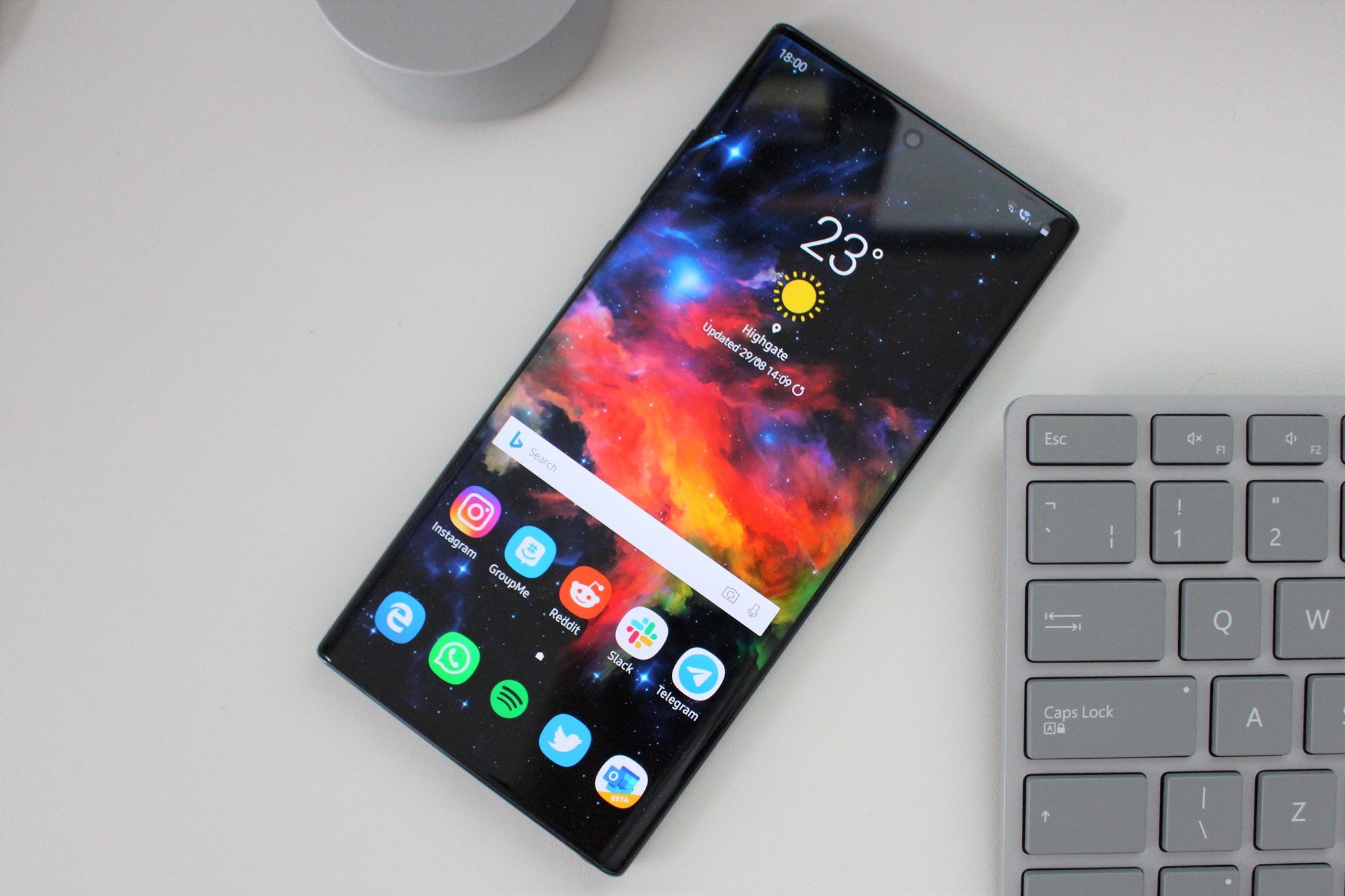

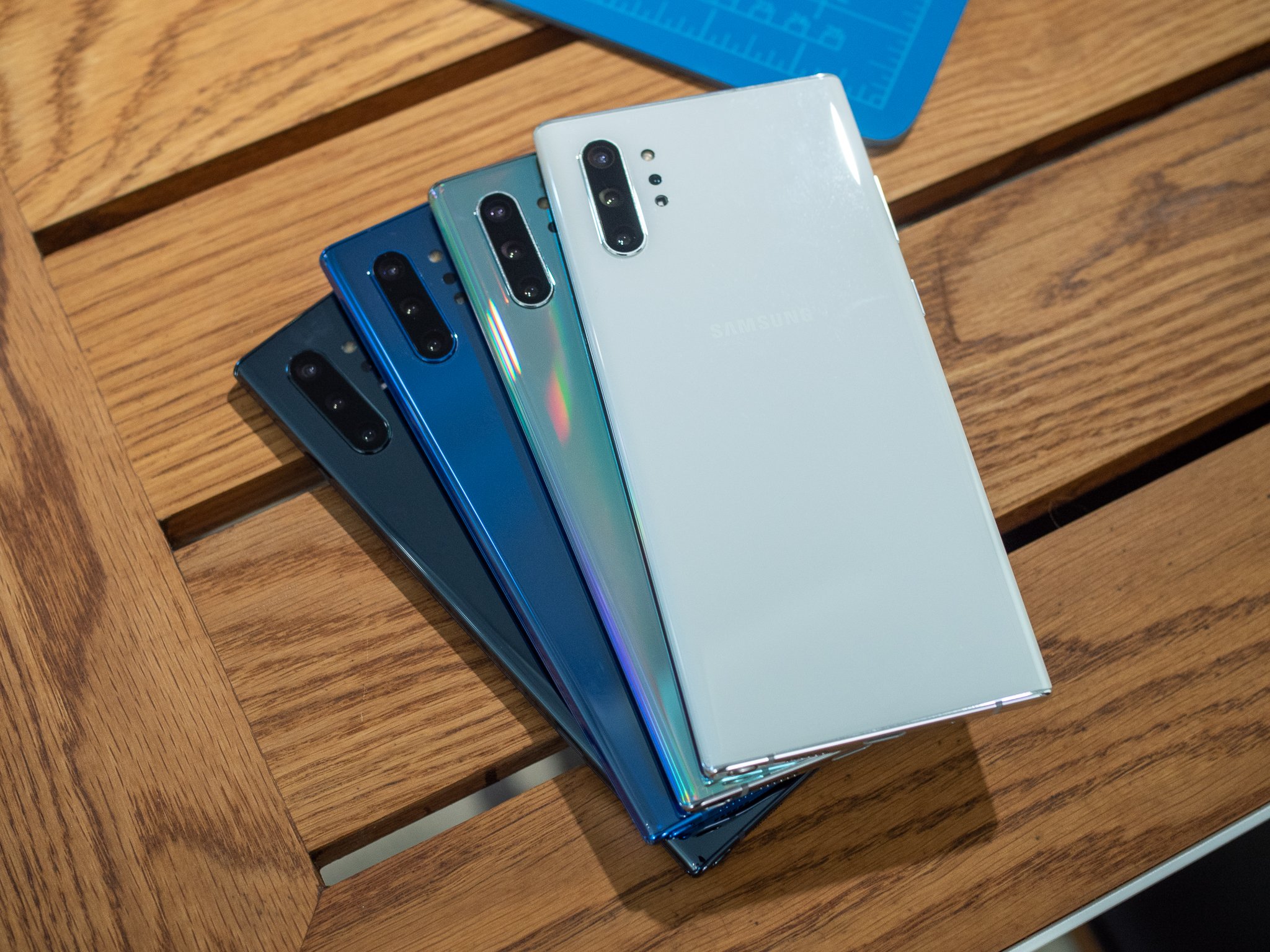
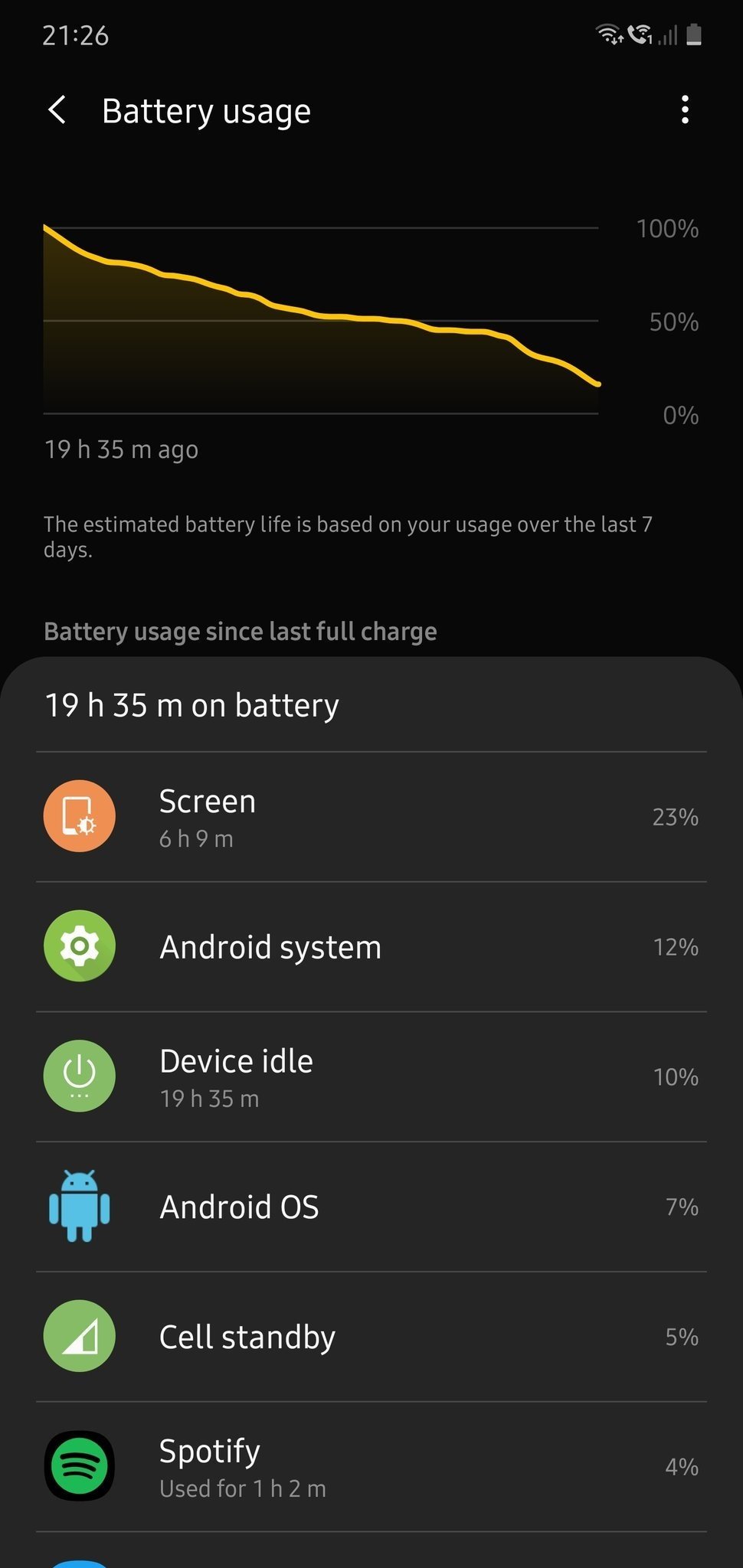
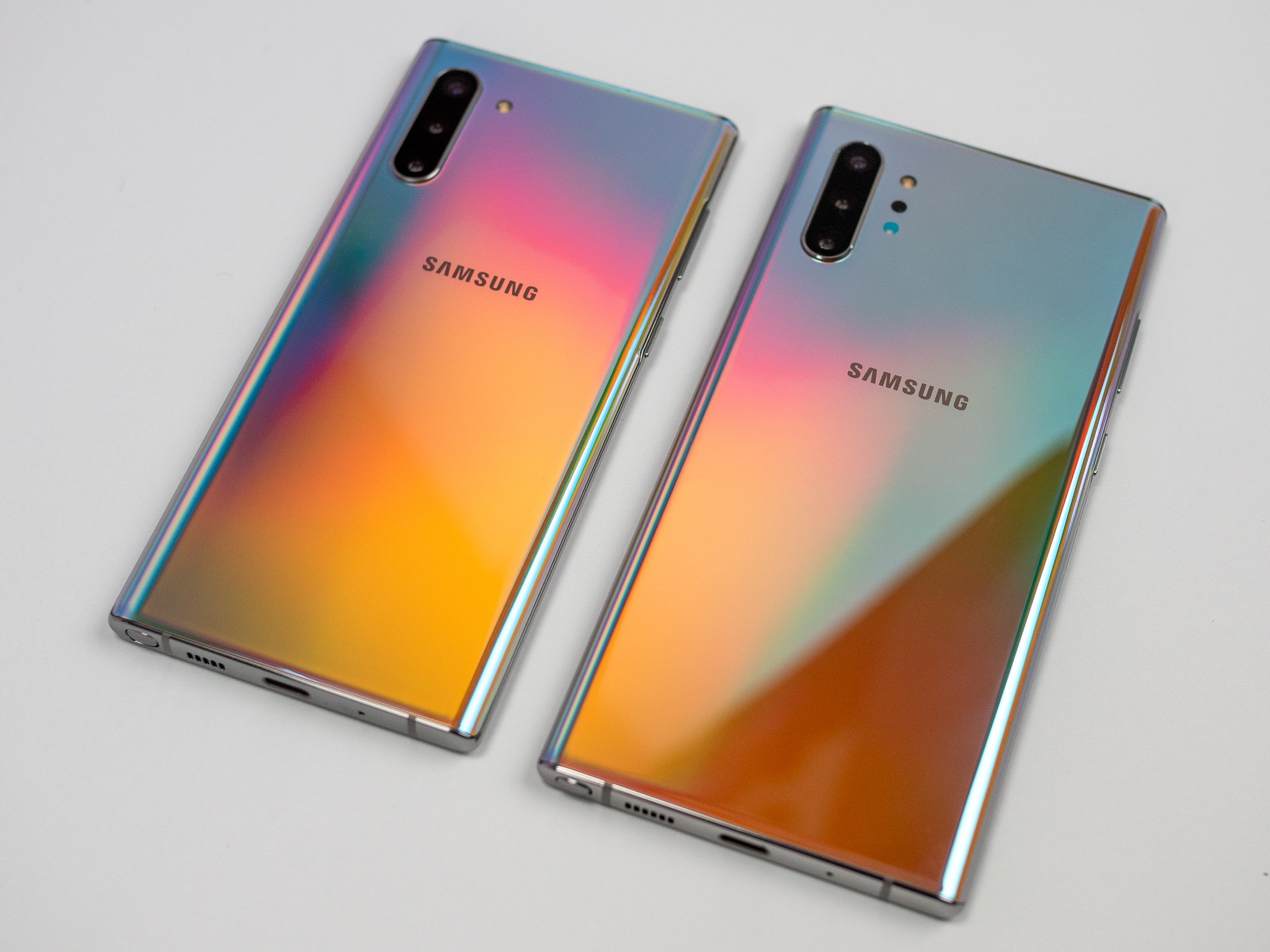
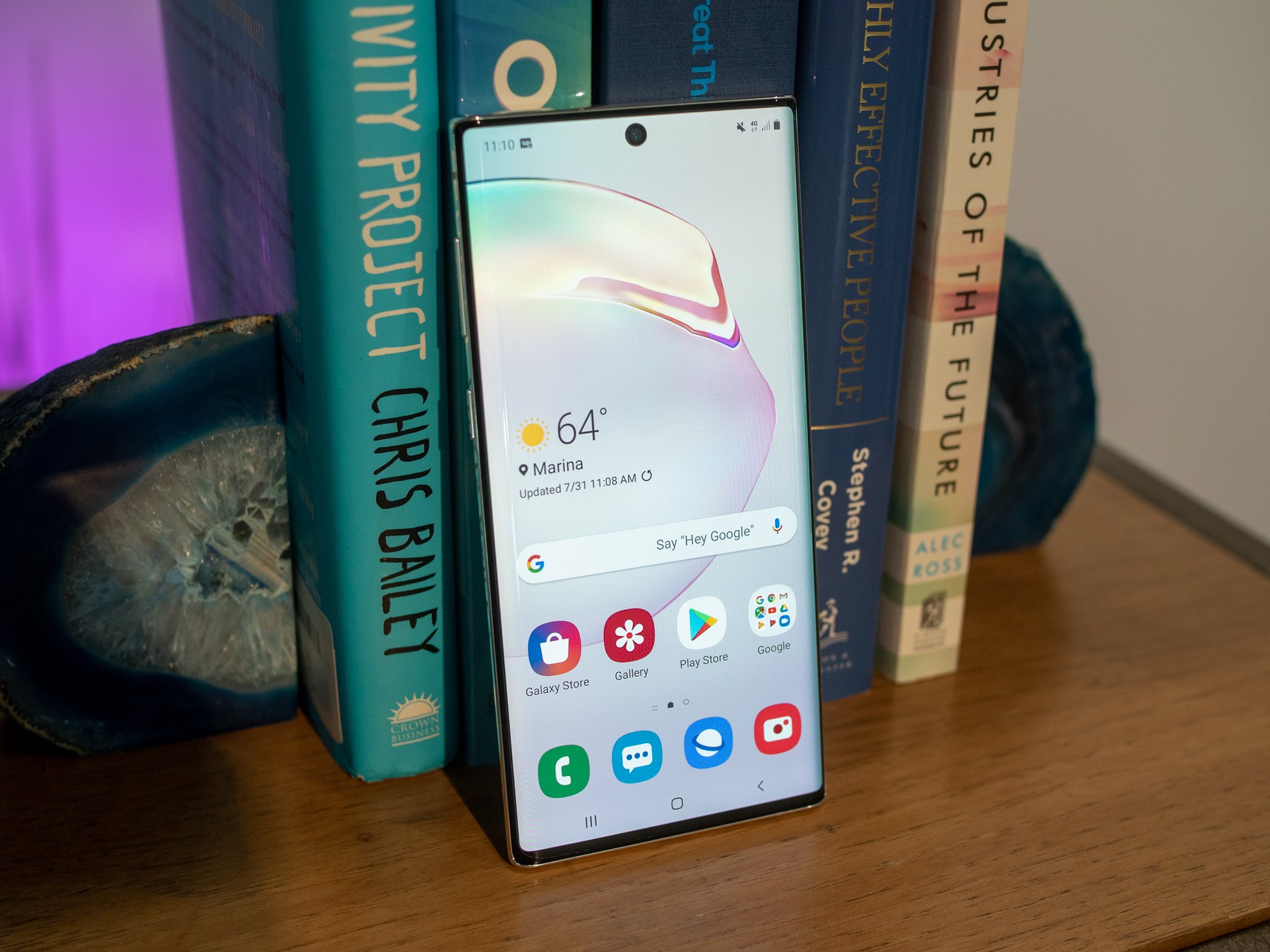
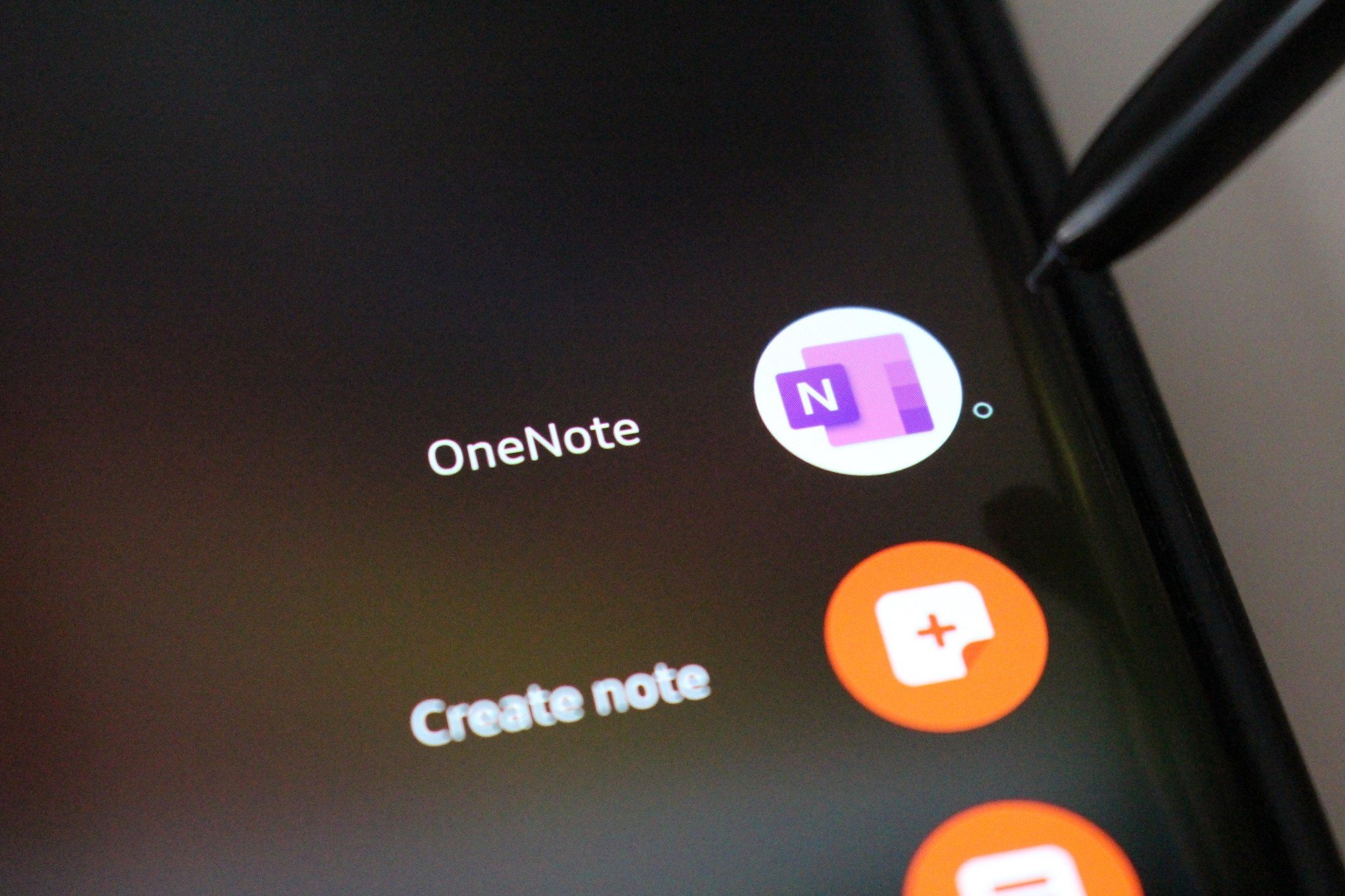
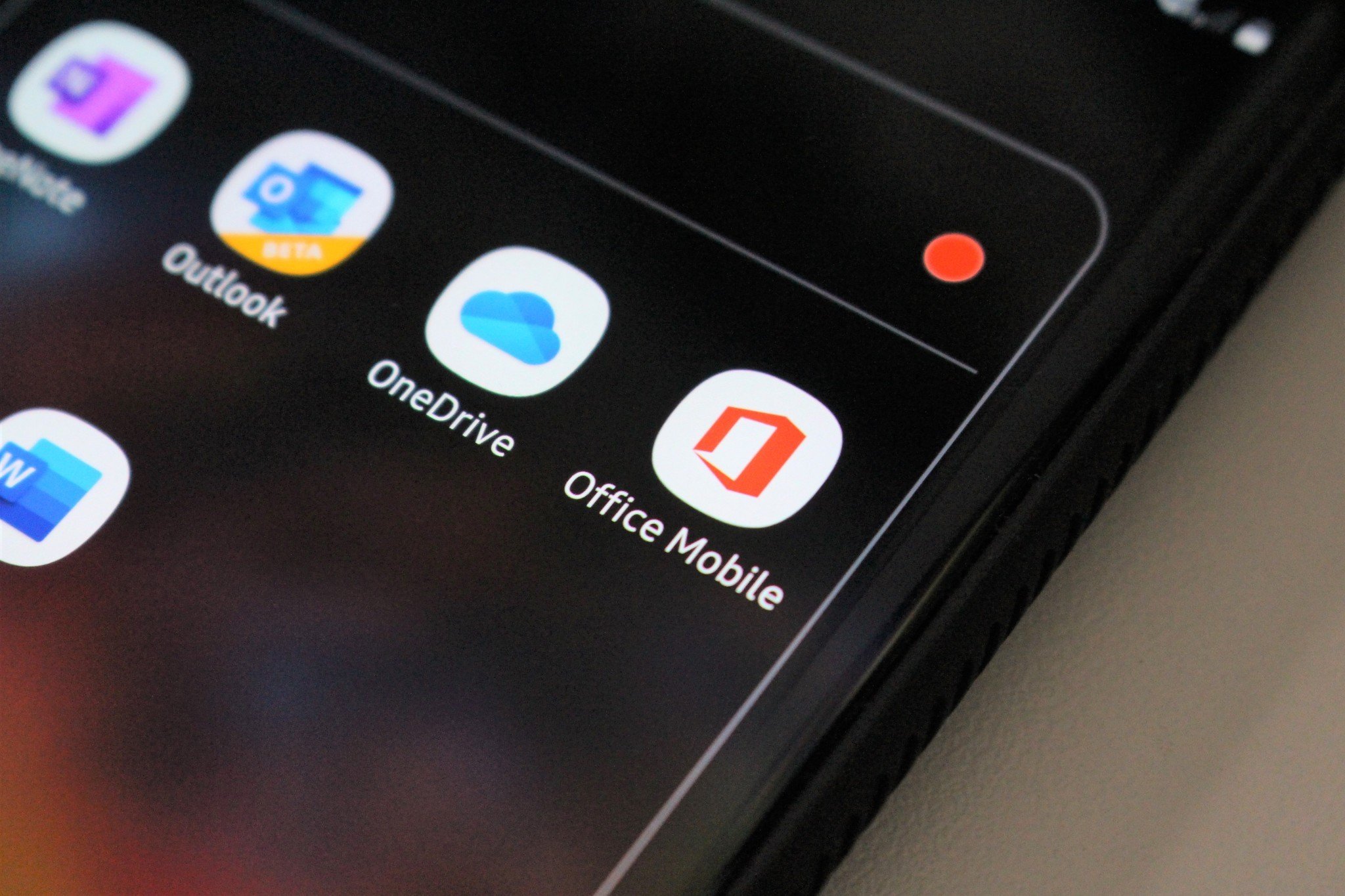
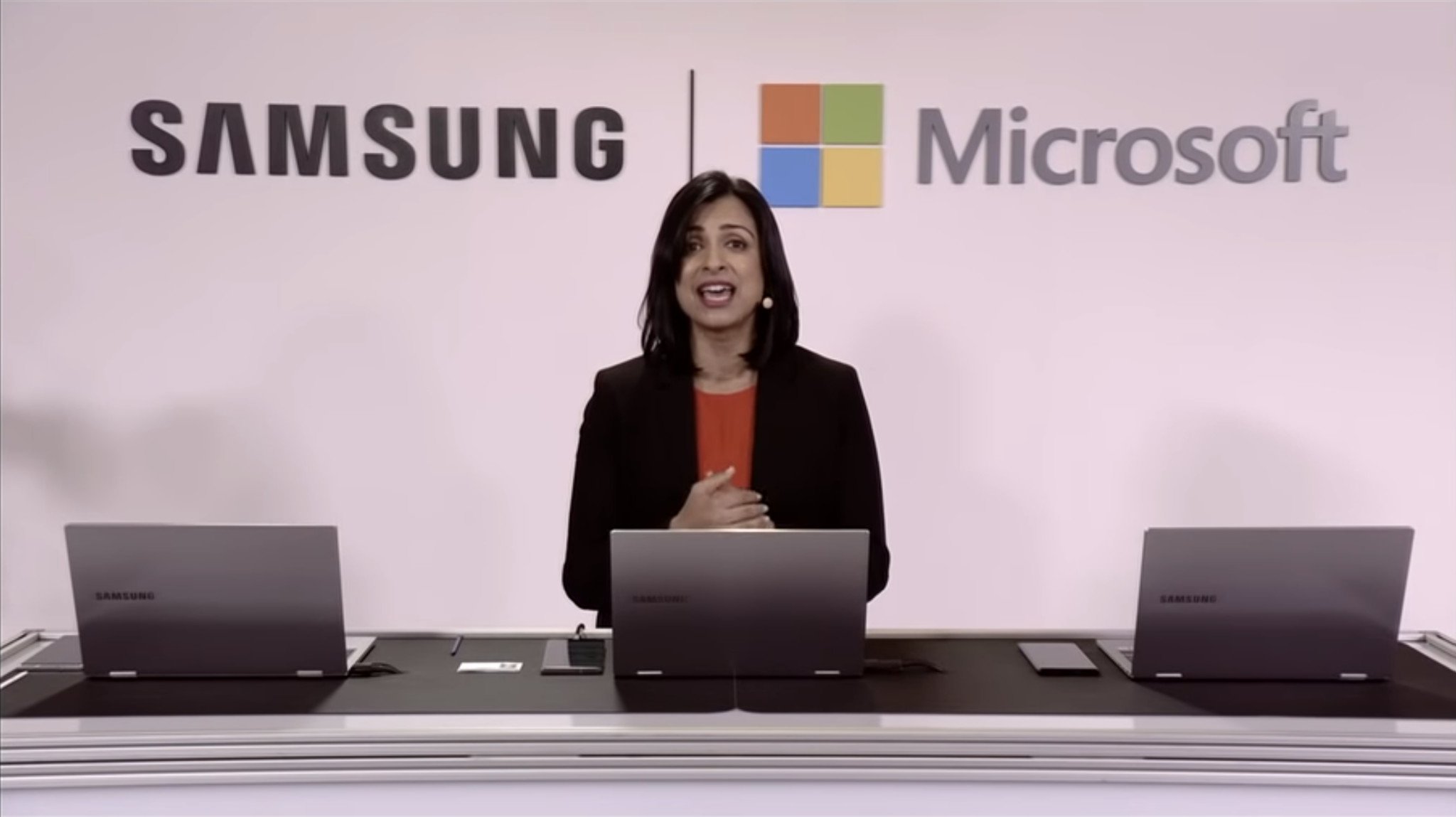
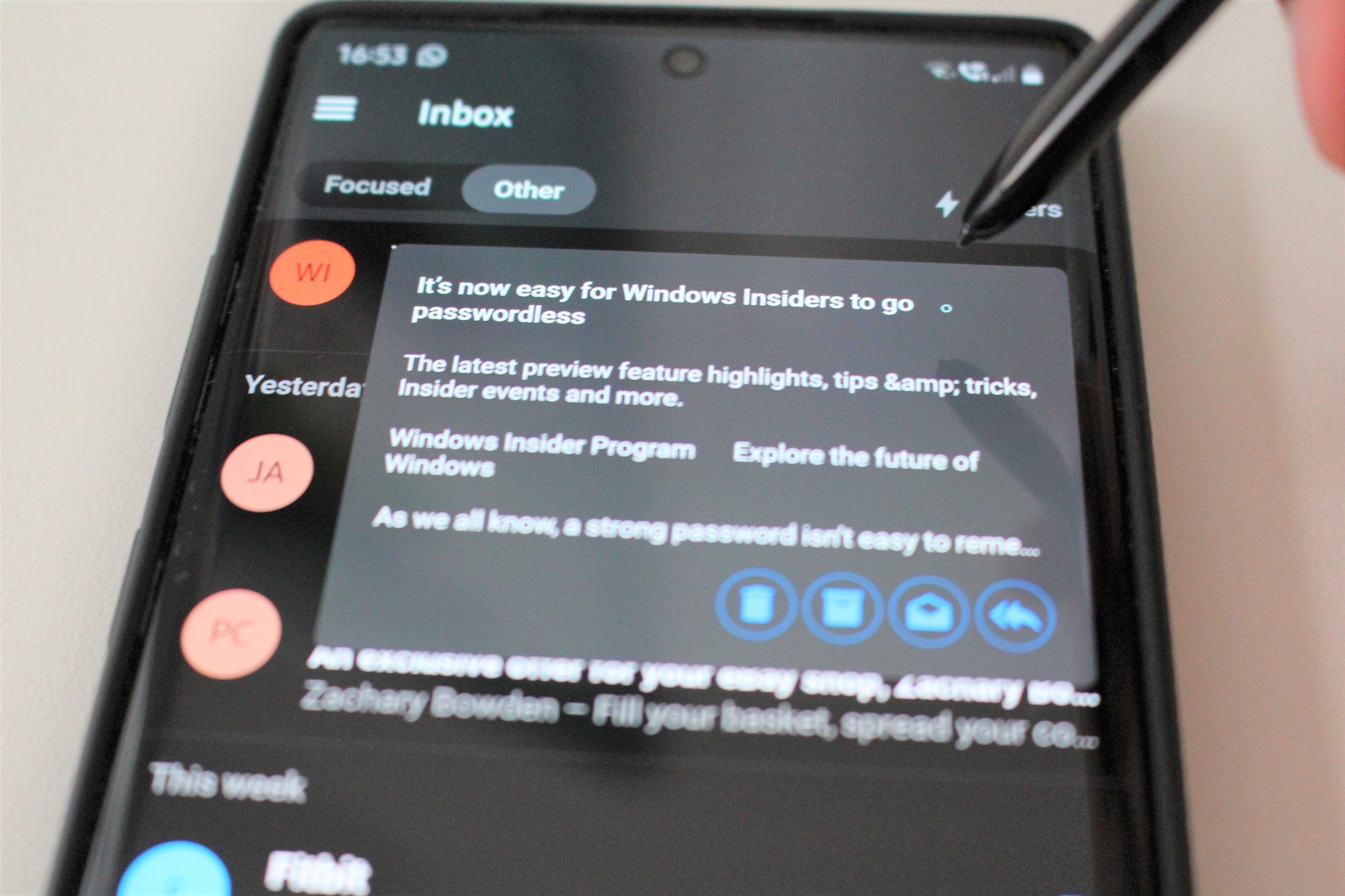
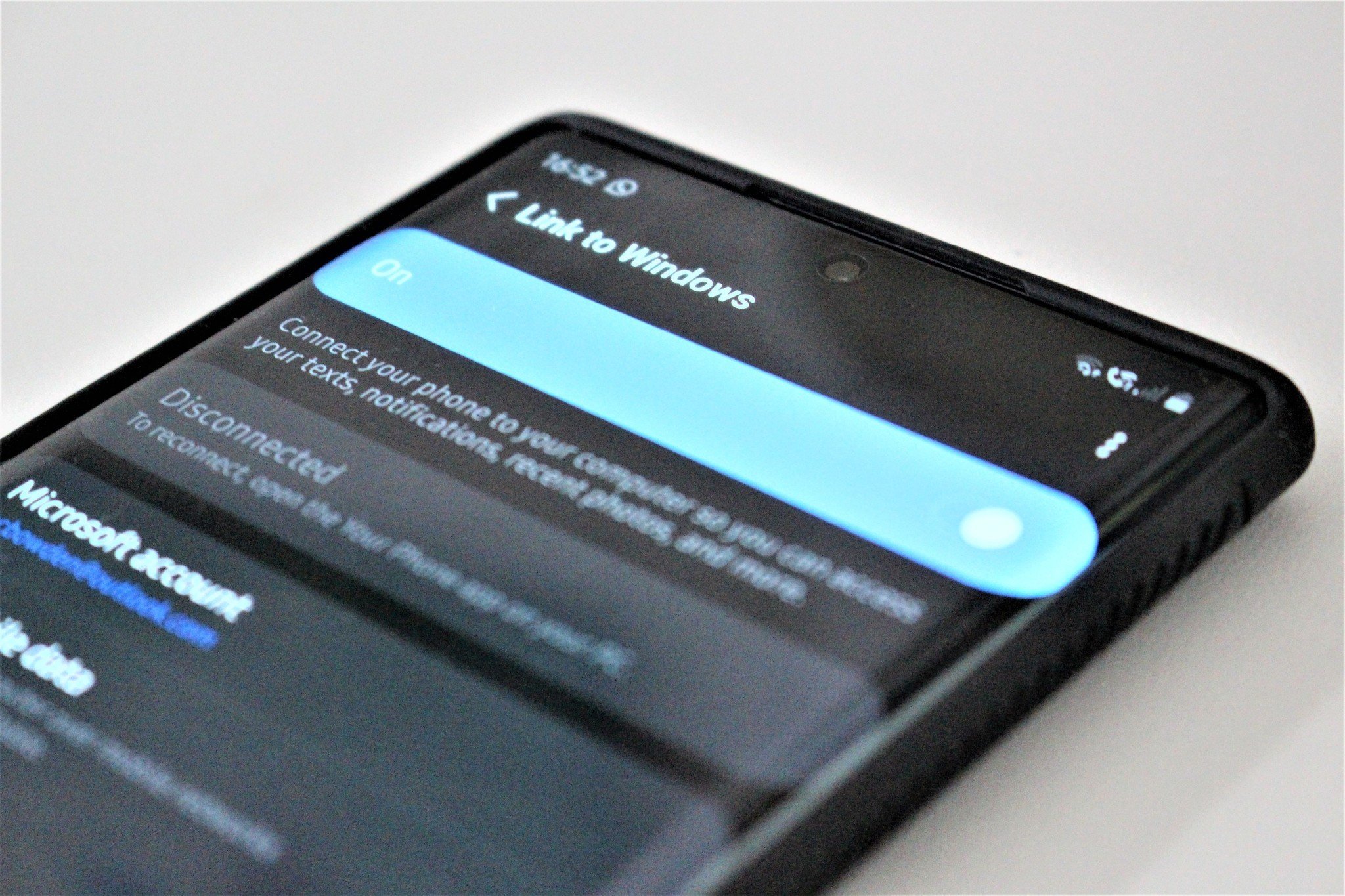
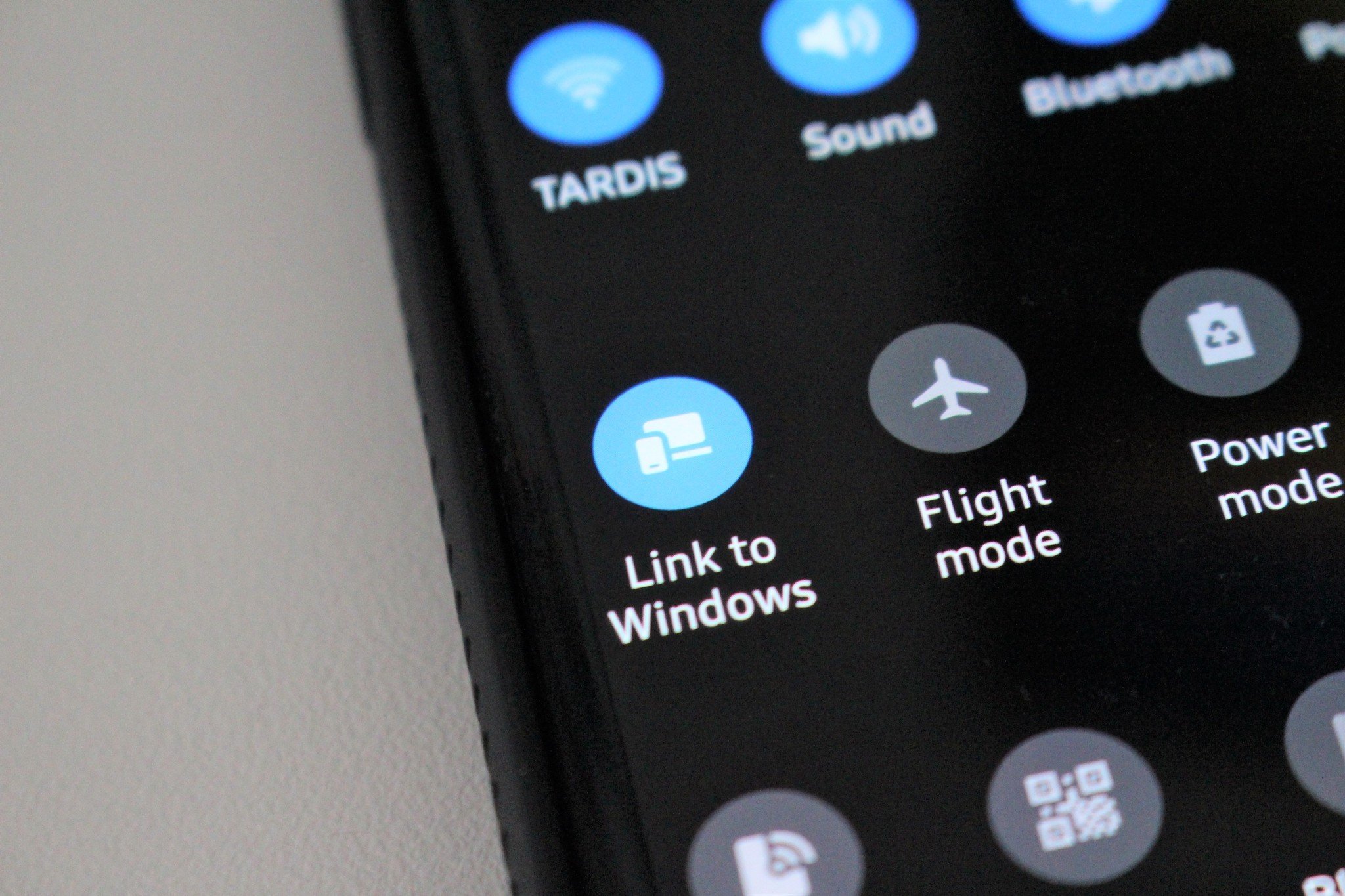
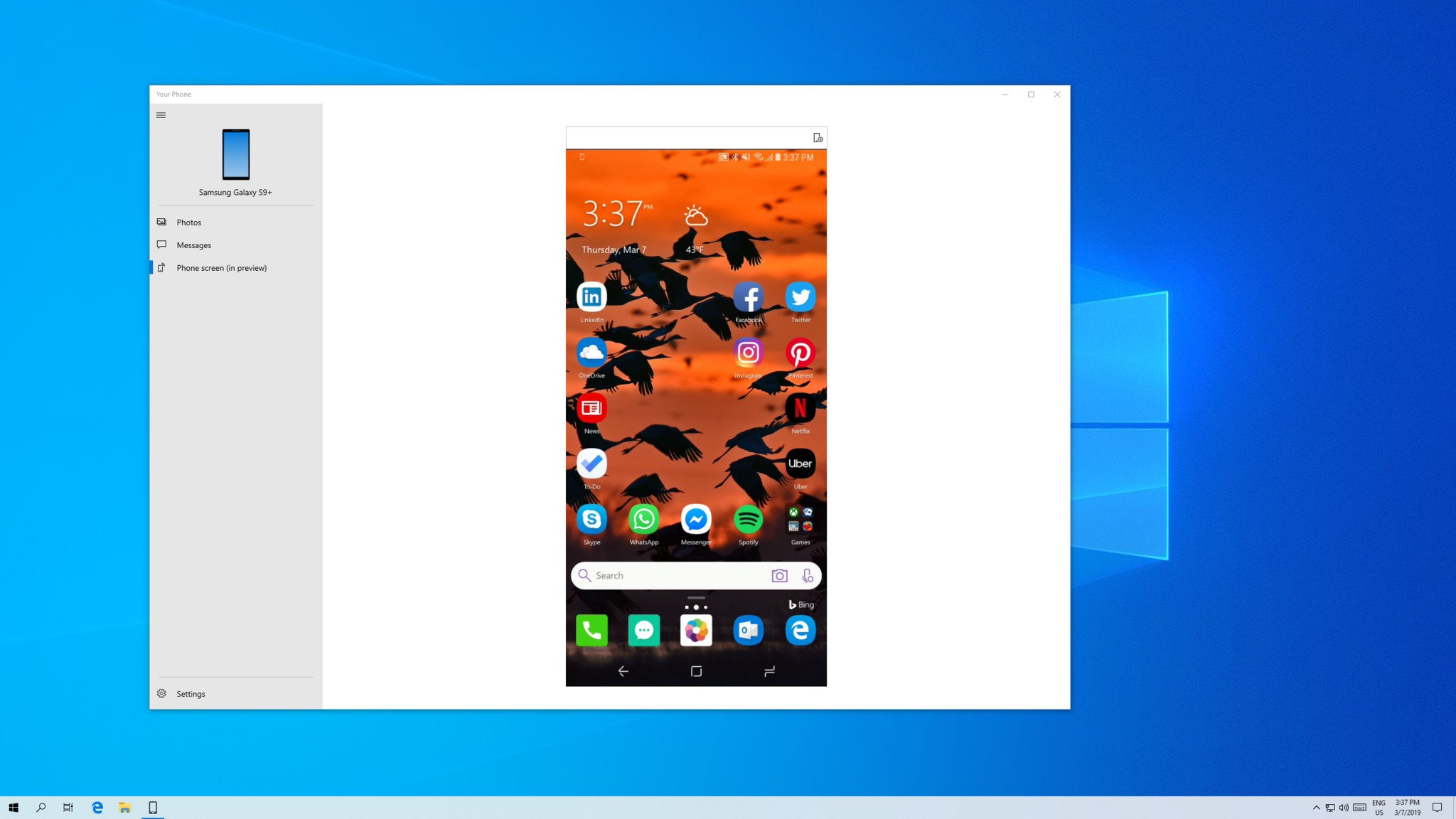
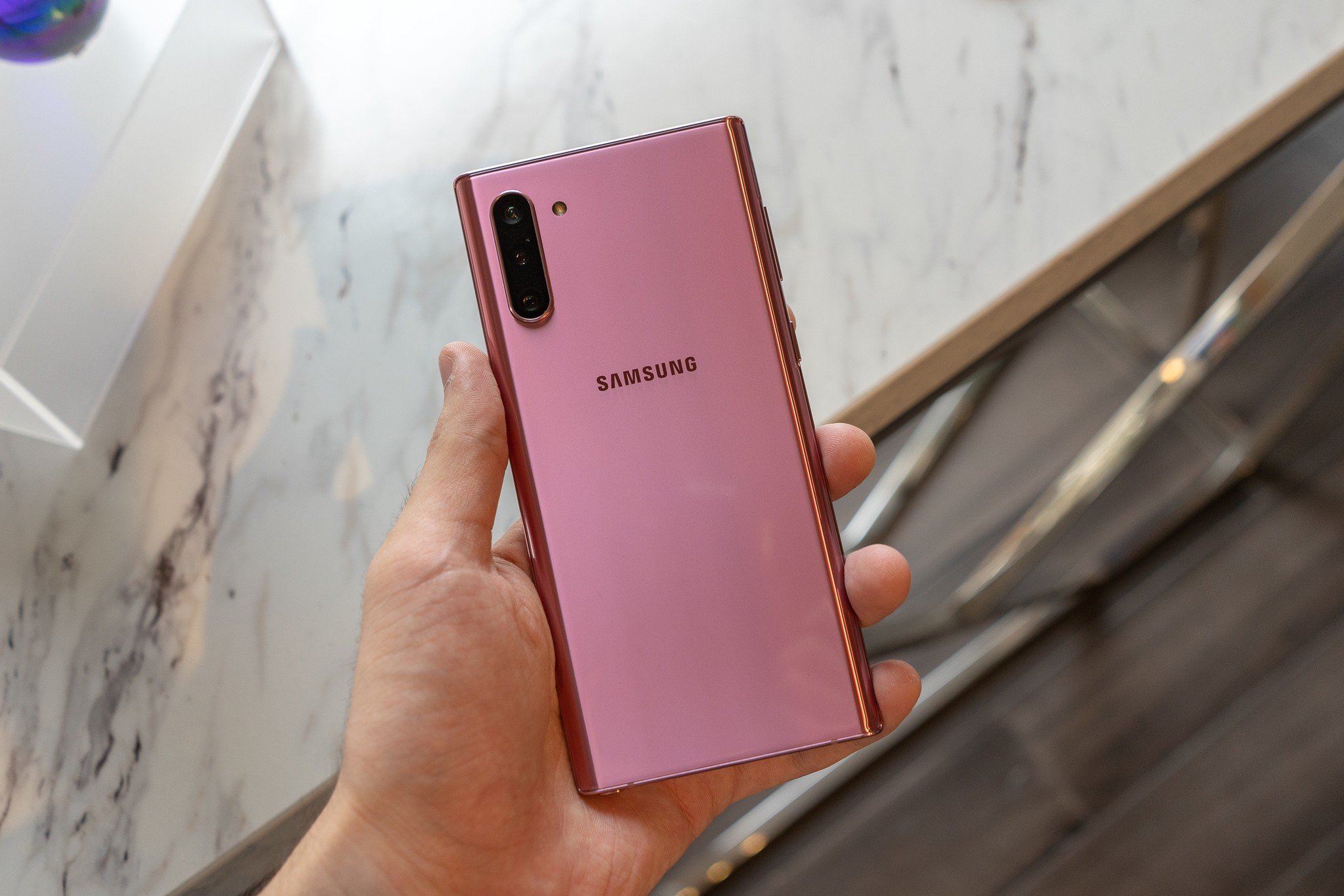
0 Response to "You Can See More: The Galaxy Note 10+ is easily the best Android phone for Windows users"
Post a Comment